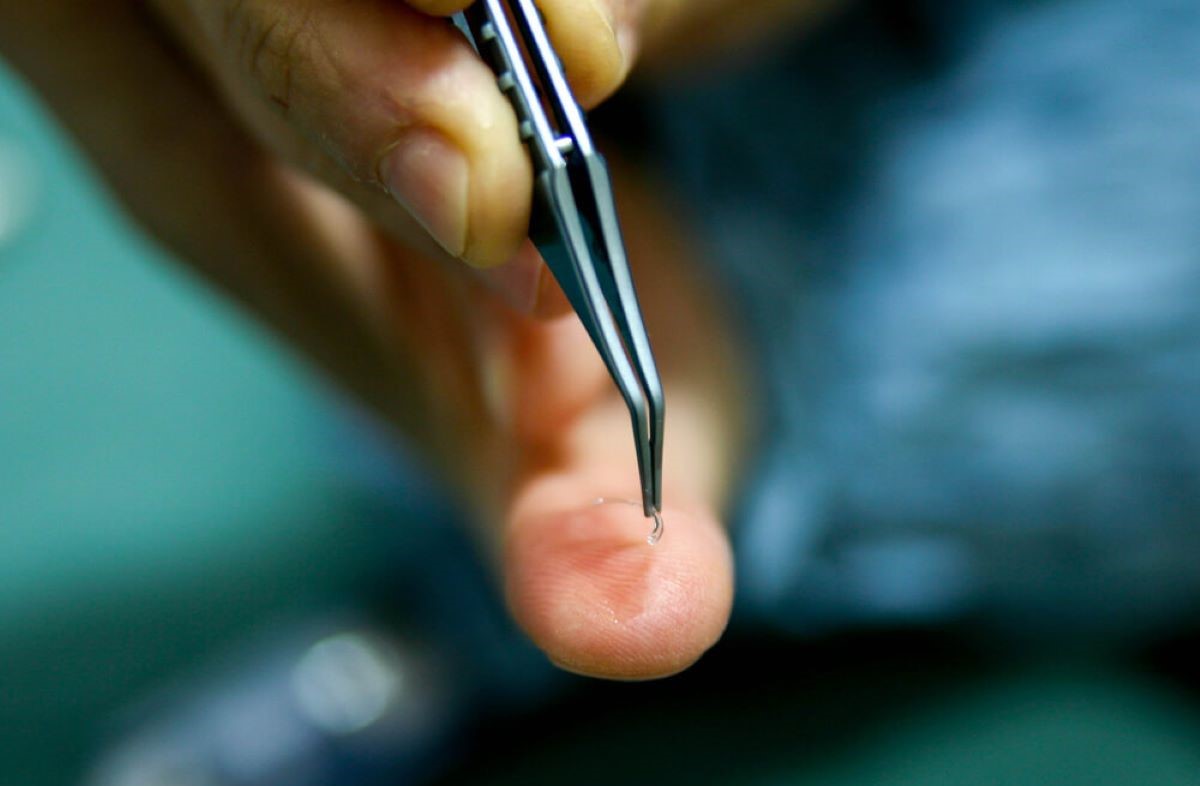Researchers are using a small incision to insert by hand or via a laser an implant into the existing cornea of patients suffering from low vision or corneal blindness.
The implant is made of collagen protein from pig’s skin, which resembles the human cornea. The implant restored vision to 20 mostly blind people with diseased corneas during a pilot test.
The study was jointly led by researchers at Linköping University (LiU) and LinkoCare Life Sciences AB.
The bioengineered implant works as an alternative to the transplantation of donated human corneas. But just one in 70 patients receives a cornea transplant.
“The results show that it is possible to develop a biomaterial that meets all the criteria for being used as human implants, which can be mass-produced and stored up to two years and thereby reach even more people with vision problems,” says Neil Lagali, professor at the Department of Biomedical and Clinical Sciences at LiU.
An estimated 12.7 million people around the world are blind due to their damaged or diseased corneas.
Read: UAE: 100 successful robot-assisted surgeries this year
Mehrdad Rafat, the researcher and entrepreneur behind the design and development of the implants said: “We’ve made significant efforts to ensure that our invention will be widely available and affordable by all and not just by the wealthy.”
The operations were free from complications; the tissue healed fast; and an eight-week treatment with immunosuppressive eye drops was enough to prevent rejection of the implant.
With conventional cornea transplants, medicine must be taken for several years. A larger clinical study followed by market approval by regulatory authorities is needed before the implant can be used in healthcare.
For more health stories, click here.








